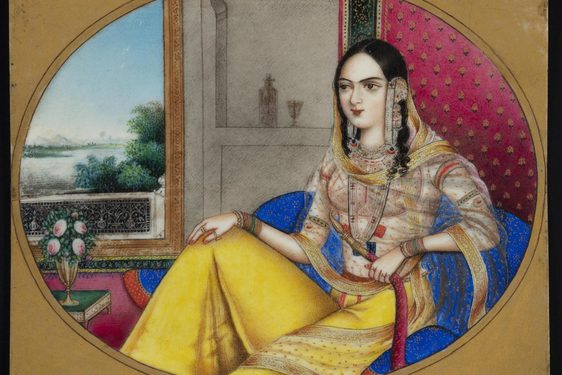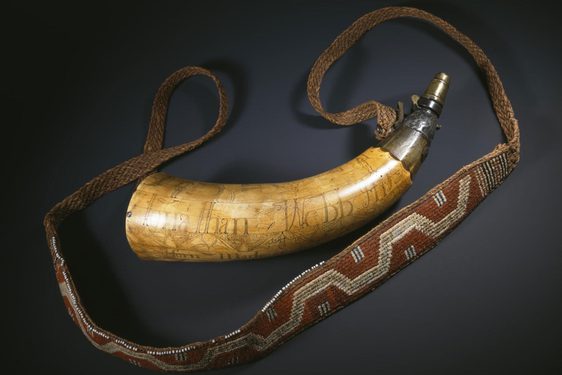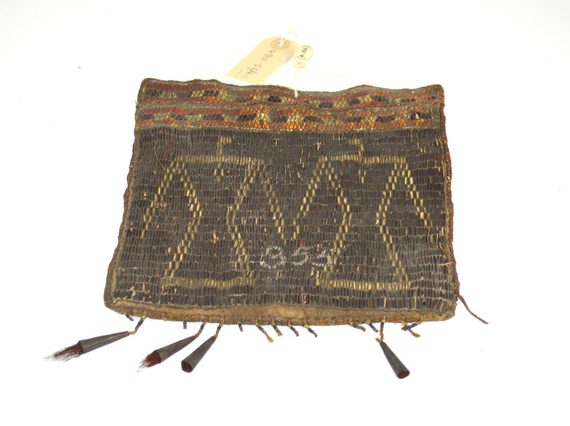
Material Encounters
Reassessing military collecting in North America and Tibet.
The British Academy/Leverhulme Trust project surveyed and assessed the interpretive potential of military collections by conducting a pilot study of two British military campaigns that bookend the period of high imperialism: the Seven Years' War in North America (1754-63) and the Younghusband Mission to Tibet (1903-04).
From March to August 2014 Research Assistant Rosanna Nicolson (née Blakely) contacted 28 regimental and corps museums and visited nine across the UK. Rosanna reviewed objects on display and in store, including mess silver collections, photographic collections, diaries and correspondence, regimental magazines and journals, and archival information about objects no longer in the collection.
Despite the relative rarity of objects from the Seven Years’ War, surveyed objects further demonstrated that material brought back to this country reflected co-operative and supply relationships with indigenous people, thereby challenging the more obvious assumptions about military collecting in relation to looting and souvenir-hunting. Similar complexities emerged from our assessment of objects brought back from Tibet, a campaign associated with the inordinate appropriation of objects.
All findings were collated in a catalogue, consisting of a ‘Collections Level Description’ description and more detailed individual records for each participating museums, enhanced by photographs. This has been distributed to all participating museums.
Research Assistant – Rosanna Nicolson (née Blakely), Department of World Cultures, National Museums Scotland
Download catalogue PDFs
- Black Watch Museum and Castle, Perth: Collections Level Description
- Black Watch Museum and Castle, Perth: Individual Records
- Firepower! Royal Artillery Museum, Woolwich: Collections Level Description
- Firepower! Royal Artillery Museum, Woolwich: Individual Records
- Fusilier Museum, Tower of London: Collections Level Description
- Fusilier Museum, Tower of London: Individual Records
- Gurkha Museum, Winchester: Collections Level Description
- Gurkha Museum, Winchester: Individual Records
- Royal Norfolk Regiment Collection, Norwich Castle: Collections Level Description
- Royal Norfolk Regiment Collection, Norwich Castle: Individual Records
- Redoubt Fortress Military Museum, Eastbourne: Collections Level Description
- Redoubt Fortress Military Museum, Eastbourne: Individual Records
- Royal Engineers Museum, Library and Archive, Gillingham, Kent: Collections Level Description
- Royal Engineers Museum, Library and Archive, Gillingham, Kent: Individual Records
- The Royal Green Jackets (Rifles) Museum, Winchester: Collections Level Description
- The Royal Green Jackets (Rifles) Museum, Winchester: Individual Records
- Royal Ulster Rifles Museum, Belfast: Collections Level Description
- Royal Ulster Rifles Museum, Belfast: Individual Records
Image gallery


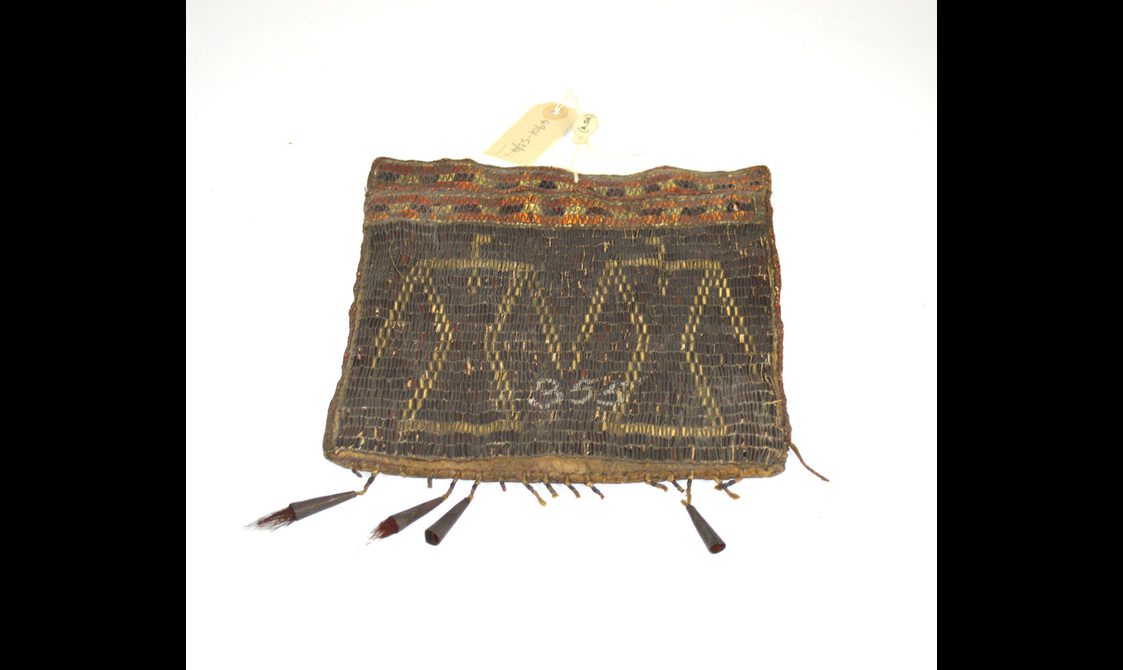
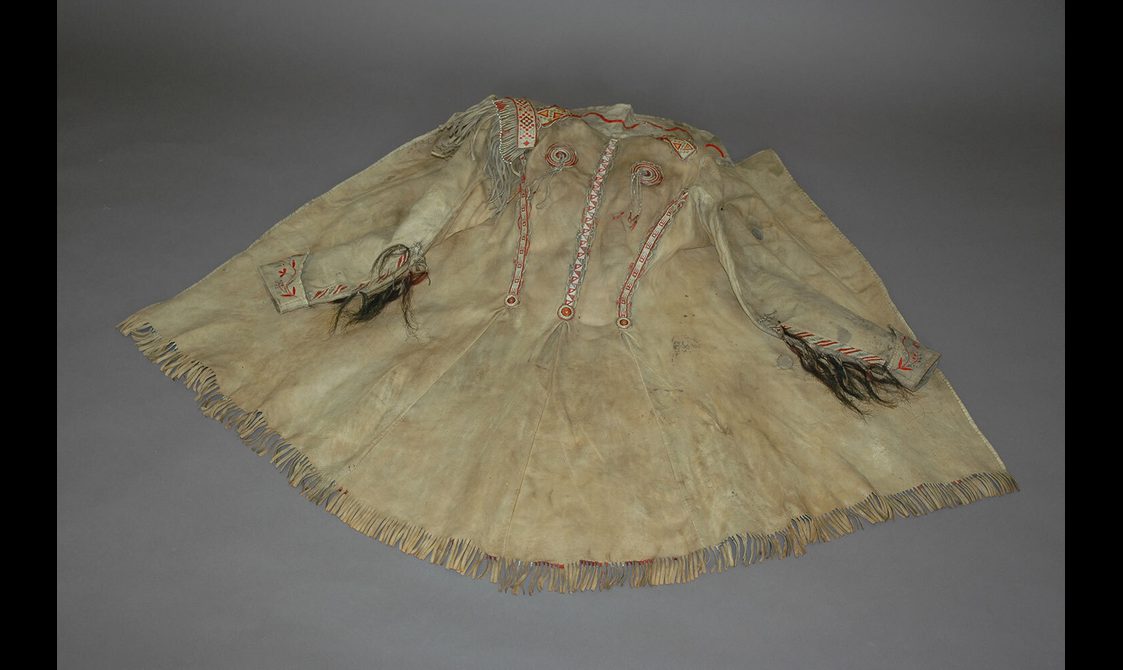
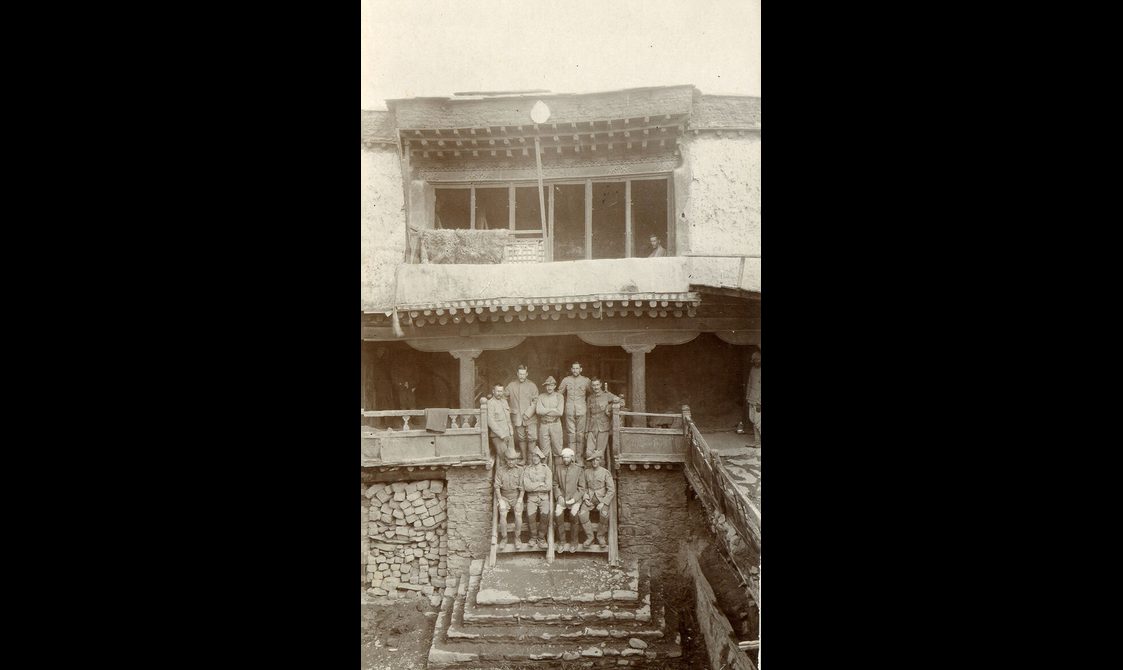
Supported by
With thanks to all the museums who participated including The Fusilier Museum, Tower of London Royal Green Jackets (Rifles) Museum, Winchester; Gurkha Museum, Winchester; Black Watch Castle and Museum, Perth; Royal Engineers Museum, Library and Archive, Gillingham, Kent; Royal Norfolk Regiment Collection, Norwich Castle; Royal Norfolk Regiment Collection, Norwich Castle; Royal Ulster Rifles Museum, Belfast; FIREPOWER! Royal Artillery Museum, Woolwich; Redoubt Fortress Military Museum, Eastbourne and Royal Sussex Regimental Archives, West Sussex County Records Office, Chichester.
Related to this project
You may be interested in
- Discover

A medieval masterpiece: The Monymusk reliquary
The Monymusk reliquary is arguably the most important piece of early Christian metalwork to survive in Scotland. - Discover
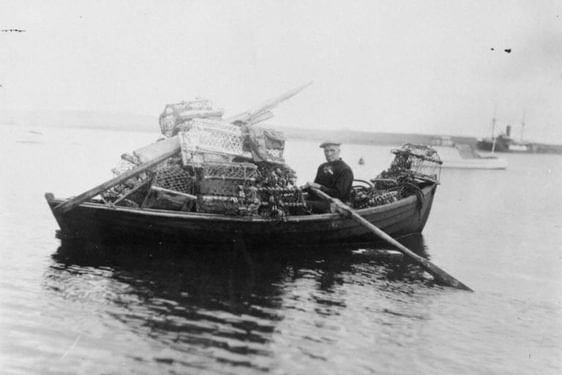
9 summer customs in rural Scotland
Explore stories of spring in rural Scotland through tools, machinery and photographs from the rural history collections. - Discover
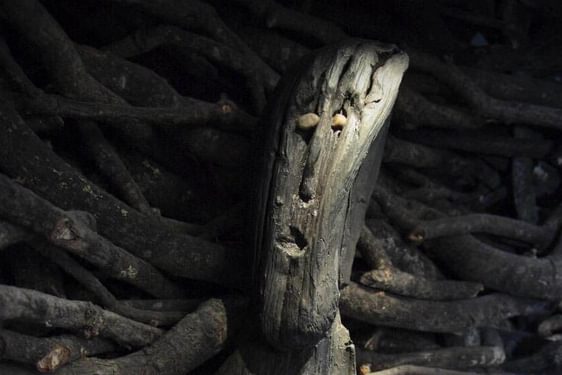
A mysterious Iron Age figure from Ballachulish
Fertility figure or Iron Age goddess of the straits? This carved sculpture of a female dates from around 600 BC, but its origins remain unknown.

